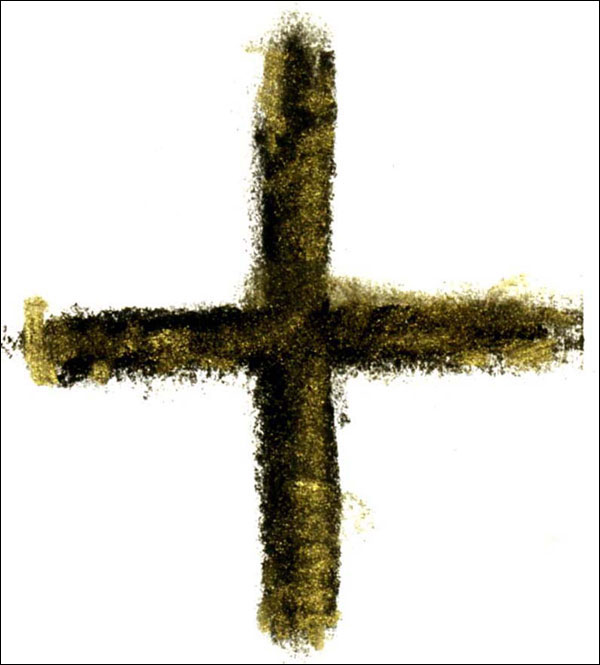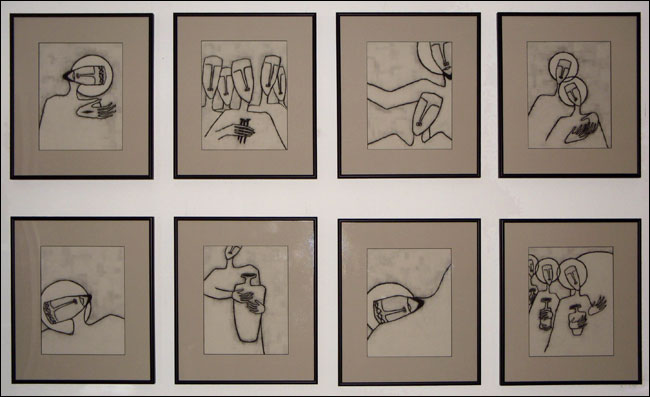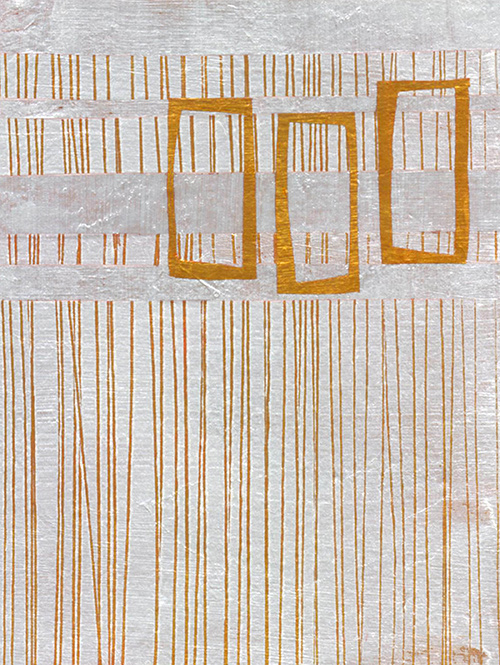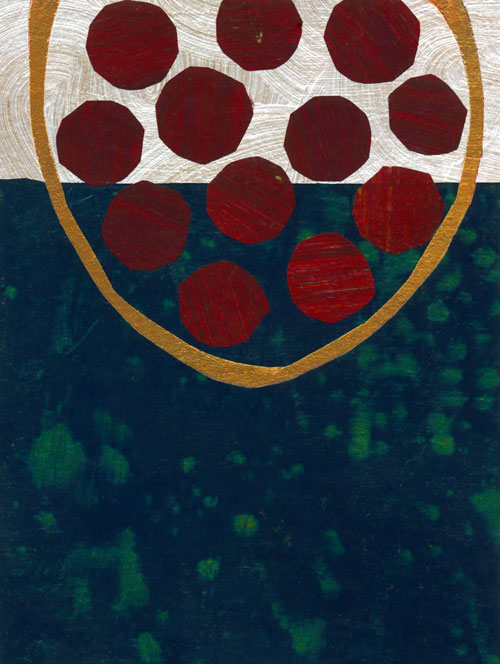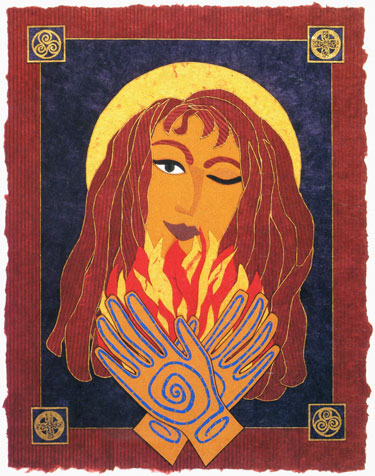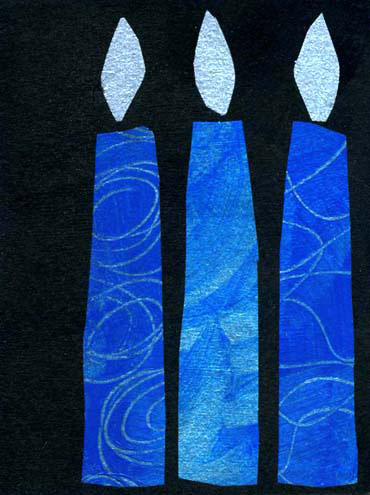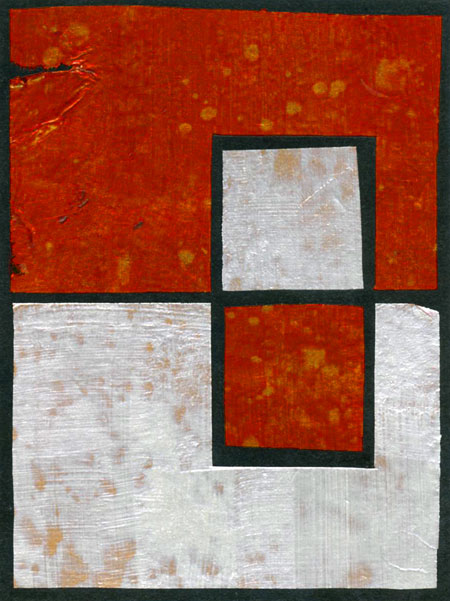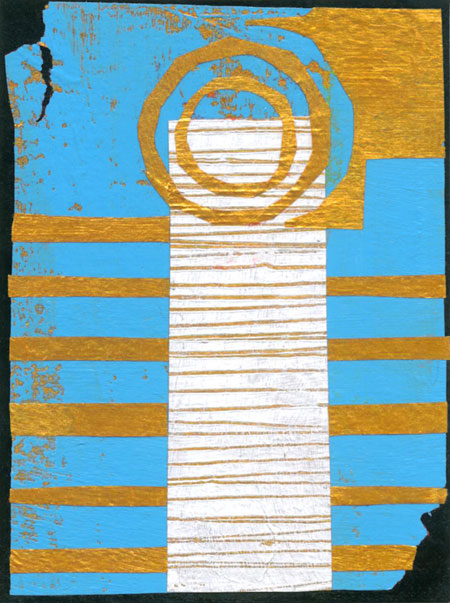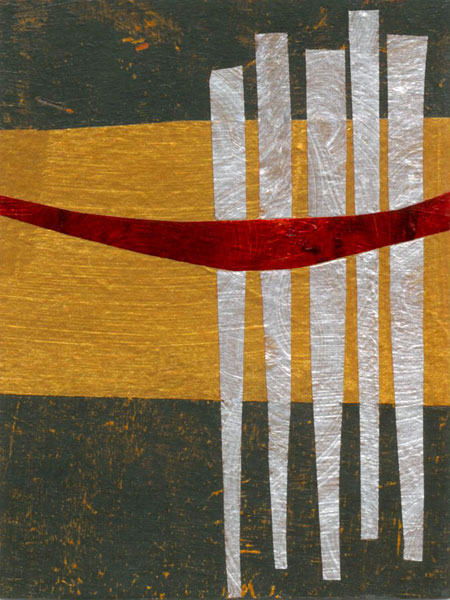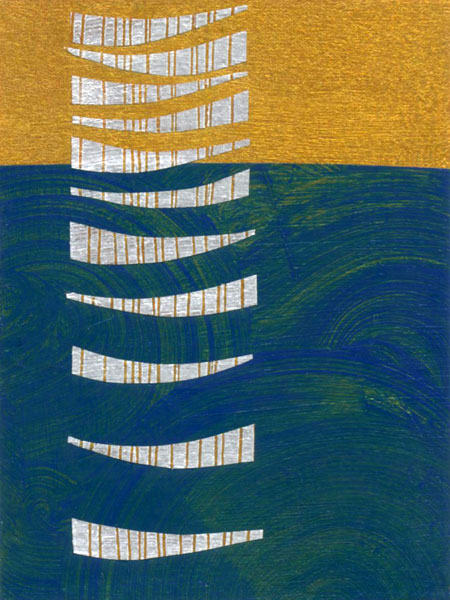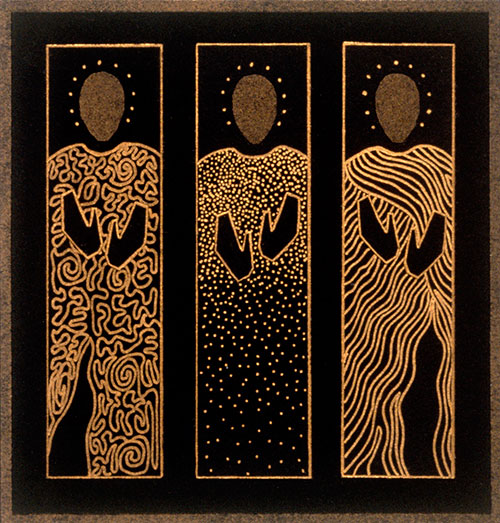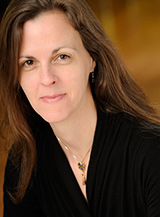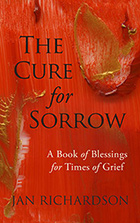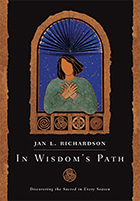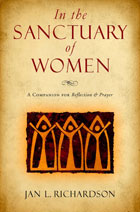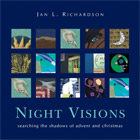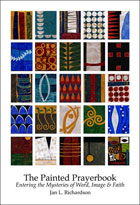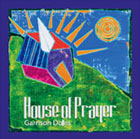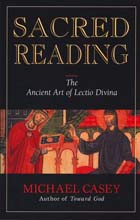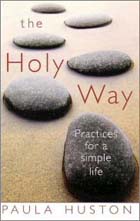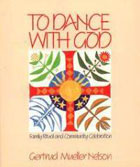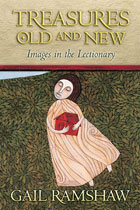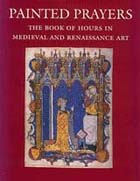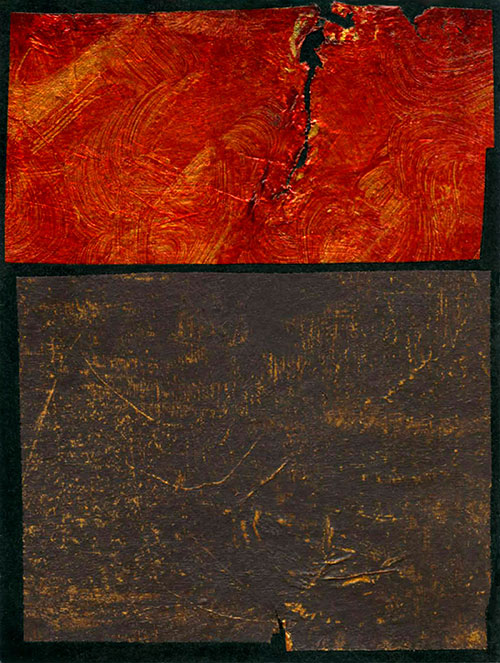 Image: Into Earth © Jan Richardson
Image: Into Earth © Jan Richardson
Reading from the Gospels, Lent 1, Year C (Feb. 14): Luke 4.1-13
From time to time I receive requests to create new artwork for a project. I love receiving these inquiries and am always grateful when they come my way. I sometimes find myself intrigued, however, by the assumptions within a request.
“We need it quite soon, but it’s pretty simple,” the lovely person might say.
So you can dive right in and it shouldn’t take you long, I hear between the lines.
I will tell you this: it’s often the pieces that look the simplest that take the longest to create. It seems counterintuitive, I know. It came as something of a surprise to me when I first began to learn it, and I sometimes wrestle with the truth of it still. How can an image that has only a few parts sometimes take so much time and space to make?
The answer lies on my drafting table, in the pile of discarded scraps that grows larger each time I work on a collage. The challenge of creating a piece of art lies not just in deciding what to include but also in discerning what to leave out. Every piece of art involves a process of choosing: not this, not this, not this. I can only find what belongs by clearing away everything that doesn’t.
This is no speedy endeavor.
On an intimate scale, it’s much like the kind of discernment that we see Jesus engaged in as we follow him into the wilderness on the first Sunday of Lent. Still dripping with the waters of the Jordan in which his cousin John has just baptized him, Jesus sets off on a sojourn that continues his initiation into his public ministry. For forty days, Luke tells us, the devil besets Jesus with temptations. Jesus’ adversary is cunning in the way he presents choices designed to appeal to someone with a desire for earthly power: Want to rule the world? the devil asks; this is what you need to do; this is what belongs to you.
The devil’s temptations show that he knows the words of scripture well. Jesus’ responses, however, reveal that he knows more: he understands the heart of the sacred texts. And here in the wilderness, the one who has steeped himself in those texts begins to understand how the ancient words of God are to take flesh in him as the living and incarnate Word of God. Once, twice, and yet a third time: with every temptation, Jesus responds to the devil: not this, not this, not this. With each response he names what does not belong to him; with each answer he gains clarity about what he needs to empty himself of in order to be who he has come here to be.
When he emerges from this wild space, when he has completed this liminal time of fasting and praying and wrestling and waiting, Jesus has a clarity that could not have come otherwise. It has taken a long time, this emptying, this clearing out, this letting go of what doesn’t belong in order to find what does. But in taking the time, in venturing into that place, Jesus has found what he needs. As he enters his public ministry, he possesses a picture that is more complete, more whole. From discerning not this, not this, not this, he can now say, this.
Since I’m telling creative secrets this week, I’ll tell you this one as well: as I worked on this week’s collage, I was thinking of Joan Sauro’s lovely book Whole Earth Meditation, in which she offers an evocative exploration of the connections between the landscape within us and the landscape around us. I wound up going in a different direction with my reflection than I had anticipated—and thus we come to another not-so-secret secret of the creative process (and life): things don’t always go as planned. We may have to empty ourselves even of our attachment to our hopes, our expectations, our desired outcomes; sometimes we have to say not this to what we have most treasured, in order to make way for what truly belongs.
Yet Sauro’s words infuse this collage, are embedded in its landscape, and go with me as I cross the season into Lent: words about entering our inner terrain and finding the presence of God amidst the layers. Go to the place called barren, she writes. Stand in the place called empty. And you will find God there.
The Spirit of God breathes everywhere within you, just as in the beginning, filling light place and dark…green earth and dry. Thus does God renew the face of the earth. God always breaks through at your weakest point, where you least resist. God’s love grows, fullness upon fullness, where you crumble enough to give what is most dear. Your earth.
As we enter into the landscape that the season of Lent offers us, what’s stirring in your own interior terrain? What part of your earth might God be inviting you to open up or allow to give way? Is there something you need to let go of, something(s) to which you need to say not this, not this, not this, in order to make way for this? Is there a wild space—inner or outer—that would help you choose what you need for a more whole life?
May your Lenten path draw you deep into the landscape that God desires for you. Blessings.
[For earlier reflections on this story in Matthew and Mark, please see Lent 1: Discernment and Dessert in the Desert and Lent 1: A River Runs through Him. To use the “Into Earth” image, please visit this page at janrichardsonimages.com. Your use of janrichardsonimages.com helps make the ministry of The Painted Prayerbook possible. Thank you!]
Resources for the season: Looking toward Lent
